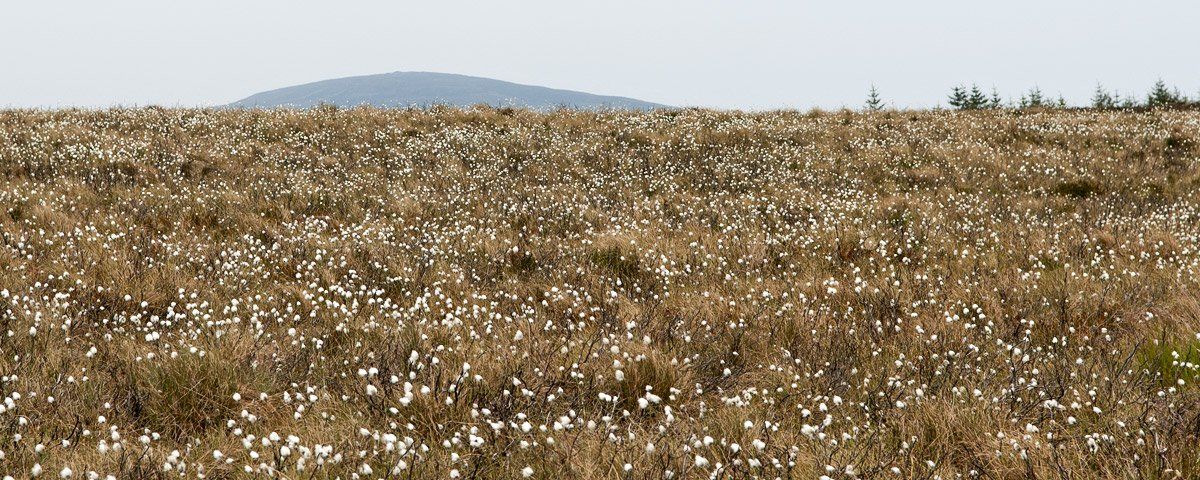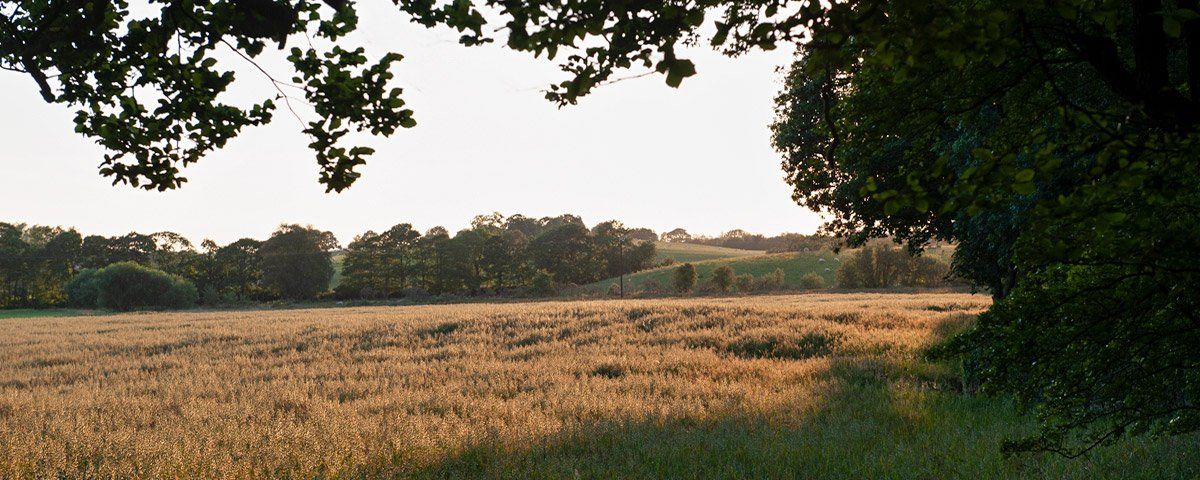Industrial Heritage
Industrial Heritage
When most people think about Derry and what it is famous for, one of the few answers would be shirts, yet it was this garment which brought a vibrant industry to the city and led to Derry becoming known for shirt production. Some of the largest buildings in the city were shirt factories like Welch Margetson, Sinclair & Company and Tillie & Henderson. At its peak the shirt industry in Derry saw over thirty-five factories in operation employing nearly 8,000 women. The roots of the industry is credited to one man, William Scott, he was born in 1775 at Ballougry on the banks of the Foyle and had served his time in the linen industry to become a master weaver.
He started a family business and opened a shop in the city producing linen cloth on a handloom. On a business trip to Glasgow in 1829, he became aware of a demand for linen breasted shirts in mainland cities like Glasgow, Cardiff, Manchester and London. On his return to Derry, he engaged his family into making a batch of linen breasted shirt, these were made of cotton but had embroidered linen on the front. He took them back to Glasgow and they sold out, he received further orders for more shirts and so began the industry. However, demand outstrips supply and to meet the demand he established what we would know today as home workers.
This was a network of locations where women and girls skilled in shirt making were based, they would supply local women with the materials to make shirts in their home. The finished shirts were collected, checked for quality and then dispatch to the main factory in Derry. He had home workers in the surrounding area and as far ways as Limavady, Moville, Carndonagh and Strabane. William Scott began his shirt enterprise when he was 66 years of age and became the largest employer in the city as well as the main shirt manufacturer in Ireland. He retired in 1850 and passed away in 1858 aged 93, his grave can be found in the grounds of St Columb's Cathedral.
As the demand and reputation of the Derry made product increased others came into the industry. Richard Gibbons who worked for Scott left to establish his warehouse and home workers in 1849. As the demand and reputation of the Derry made product increased others came into the industry. He saw the potential of having all the workers under one roof and with his partner John Henderson he established the first true shirt production factory in 1851. By 1857 he had constructed what would be the largest shirt factory in the world, a five-storey building on the Foyle Road which employed over 1400 workers and provided work for another 3,000 in Derry, Donegal and Tyrone.
The firm exported worldwide and had warehouses in London and Glasgow. The companies factory production was given a reference in 'Das Kapital' by Karl Marx. Business was good and many others saw the potential, the firm of Welch Margetson which had begun in London moved to Derry in 1847 and worked on the homeworker system until 1876 when it also opened a major factory which employed 1,000 workers and supported another 3,000 home workers. The demand for the Derry shirt saw an increase in new businesses and shirt factories, from five in 1850 the factories increased to 40 by the turn of the 1900s. In 1926 forty-four shirt factories are recorded working in the city employing over 8000 workers and employing thousands more in outlying areas.
Those employed were mainly female, each on the shirt assembly line carrying out their specialised roles in the production. The prosperity of Derry owed a lot to the industry, it employed more people and brought the lion's share of income to the local economy. Larger factories were built including the Star factory and the Rosemount and the industry flourished until the1920s when it is estimated that 18 000 people were employed in the industry and Derry was the main shirt supplier to the UK, Europe and the British colonies. After the 1900s the industry started to be affected by production in other parts of the world and profitability did not increase, the economic depression came along in the 1930s and the industry went into a slump.
With less profits to be made factories began closing. A brief uplift and demand came with the Second World War and the industry saw a revival of fortunes and diversity into other areas of clothing but the industry never returned to its former level. The post-war years saw increasing competition from developing countries who with lower wages could easily compete on the world market, the production overseas and the importation of cheaper products into UK, Ireland and Europe had a devastating effect on the industry. Major manufacturers moved their production bases to the far east to compete, one of those was Ben Sherman who shut their factory in Derry and moved production overseas, this was the pattern in many industries.
Imports killed the industry and there was no way to compete locally, one by one the large factories shut down. Today many have been demolished and other converted into apartments or offices. The shirt industry still exists and thrives though on a much smaller scale and with just a few niche market producers who can compete not on price but quality and uniqueness. Firms like Smyth and Gibson whose products are hand-cut and high quality have a unique appeal based on a heritage which is unrivalled anywhere. Celebrities like Gary Barlow, Justin Timberlake, Michael Fassbender and many others who wearing their shirts ensure that this Derry made product will keep alive the tradition of shirt making in the city.
All Rights Reserved | Art Ward
© 2024








